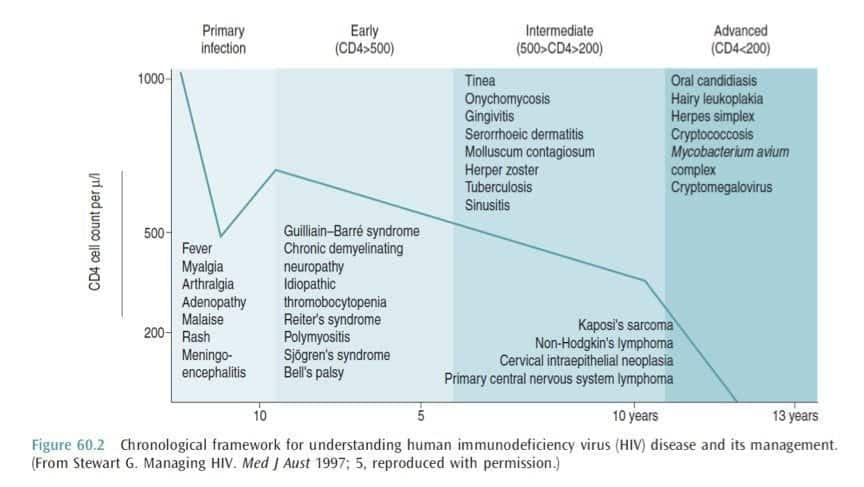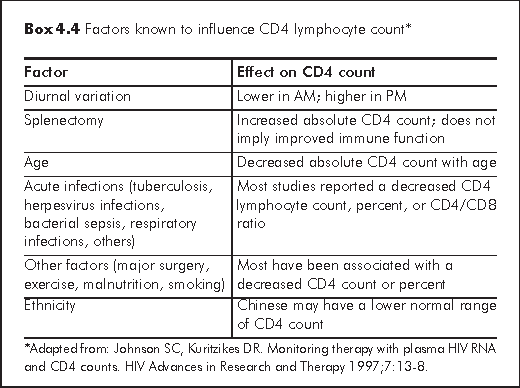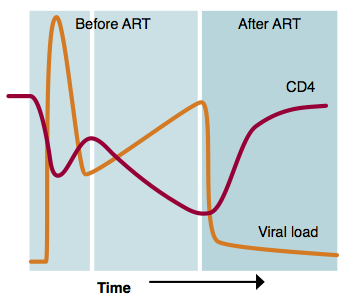
Thirty‐five years of CD4 T‐cell counting in HIV infection: From flow cytometry in the lab to point‐of‐care testing in the field - Kestens - 2017 - Cytometry Part B: Clinical Cytometry -

Brigham and Women's Medicine Residents on Twitter: "Progression to AIDS typically occurs over 8-10 years, but depends on virus factors (VL, HIV 1 vs. 2), host immune factors (starting CD4 count, CD8 #
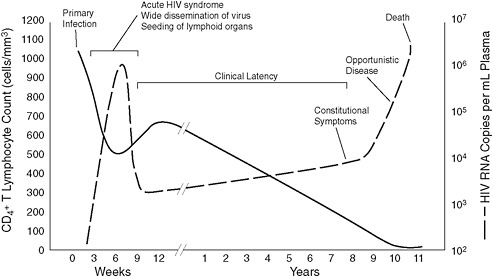
3 Low CD4 Count as an Indicator of Disability | HIV and Disability: Updating the Social Security Listings |The National Academies Press

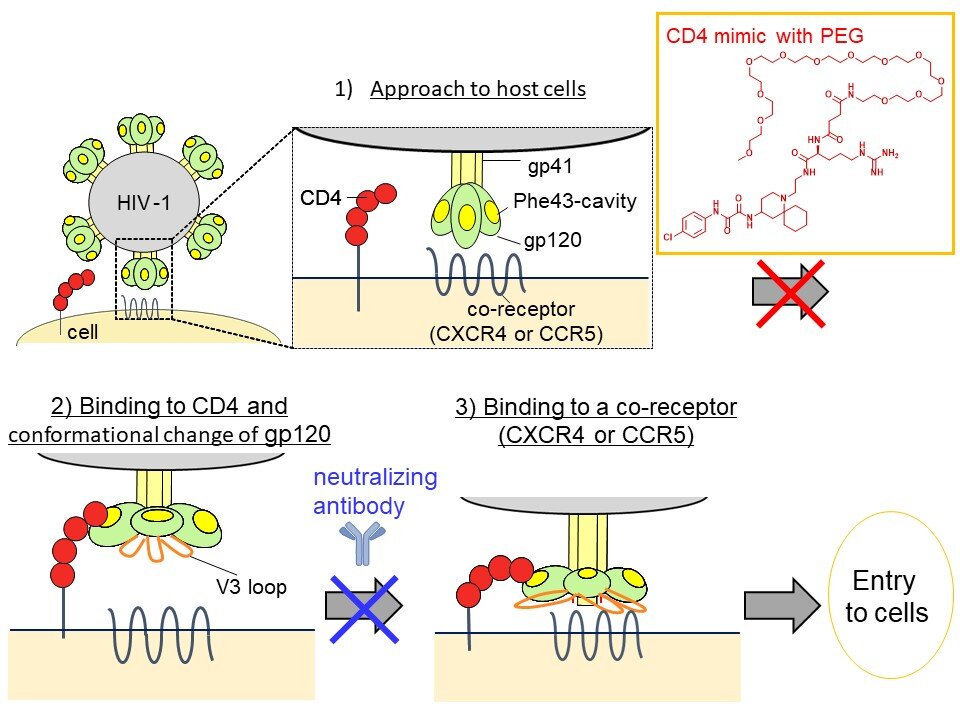
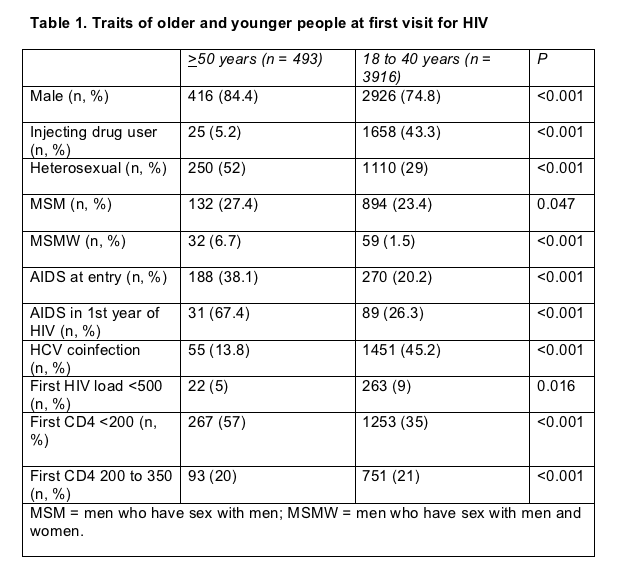


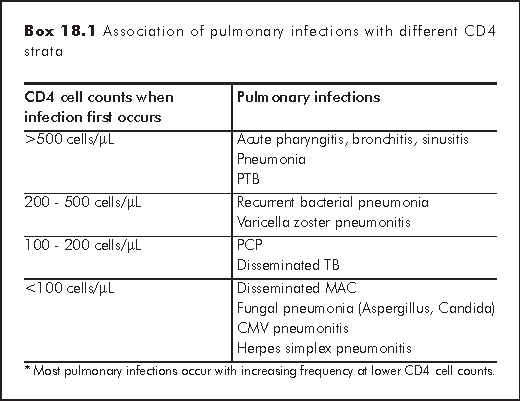
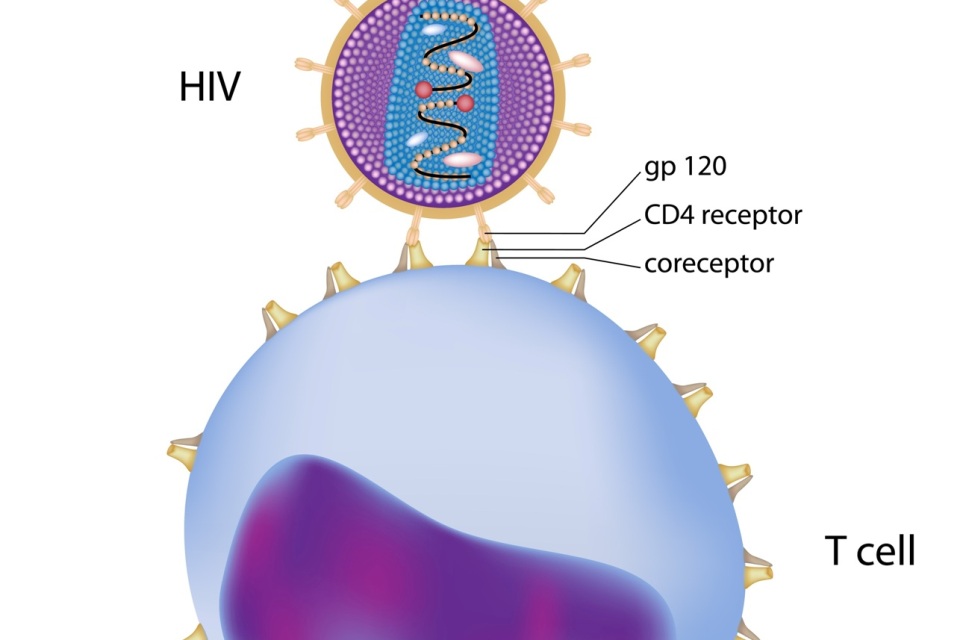
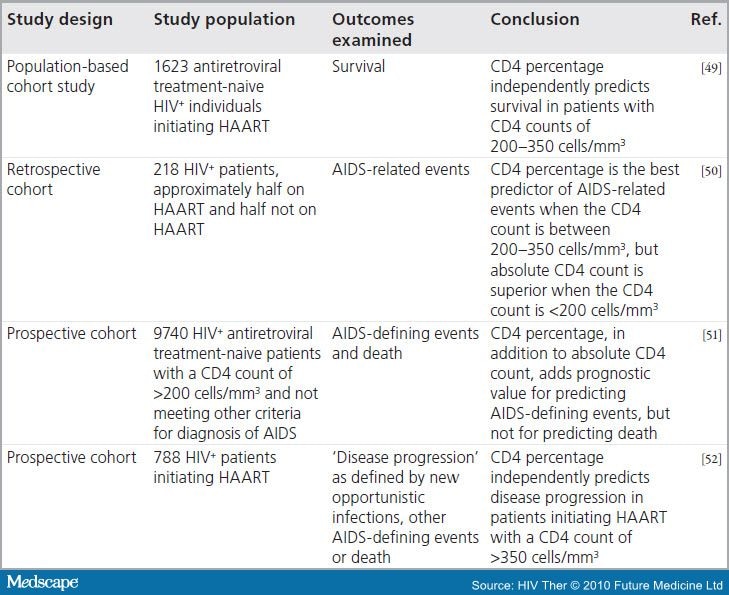
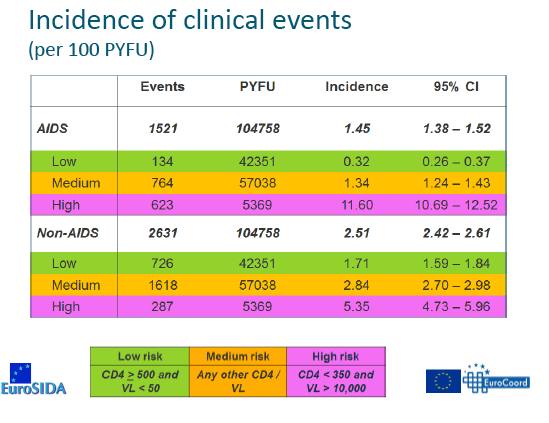

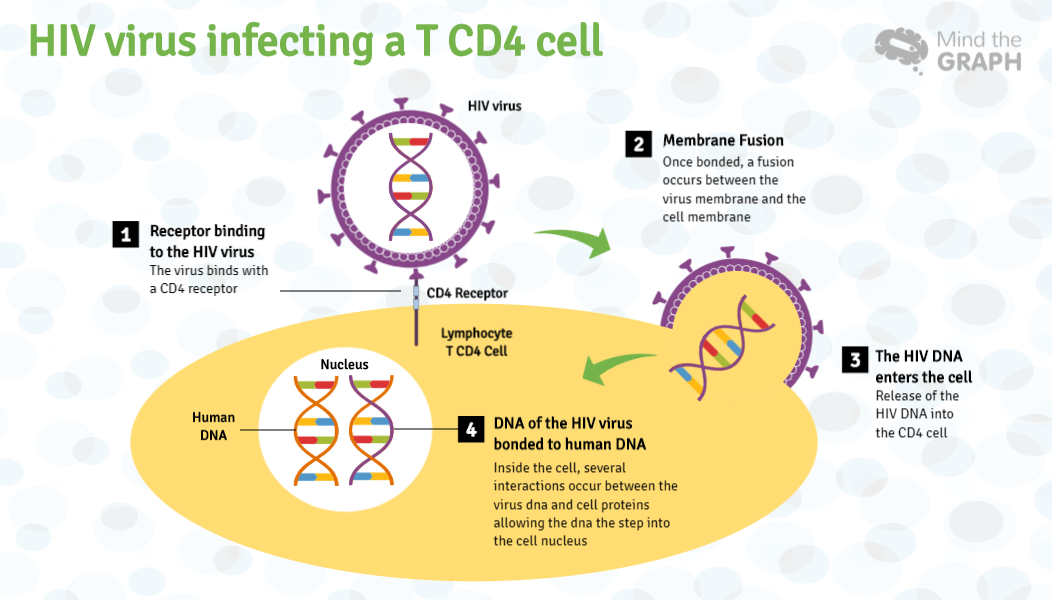


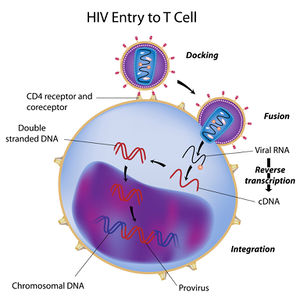


![PDF] CD 4 T Cell Count and Opportunistic Infections in HIV-AIDS Patients | Semantic Scholar PDF] CD 4 T Cell Count and Opportunistic Infections in HIV-AIDS Patients | Semantic Scholar](https://d3i71xaburhd42.cloudfront.net/3af9892a229613f383496db48b0adb62304b917f/2-Table1-1.png)
